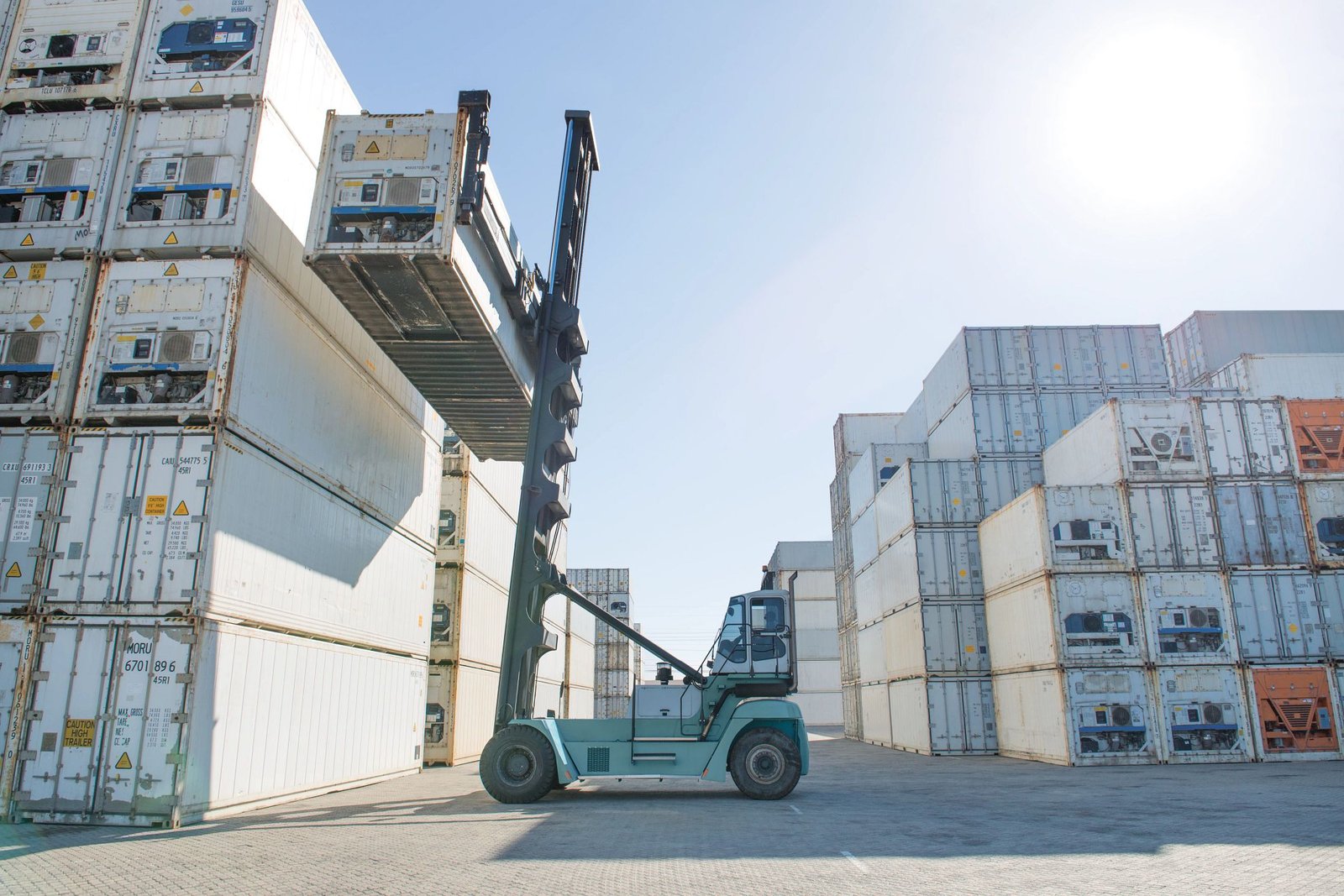Beyond the Boundary: Monitoring External Factors to Bolster Organisational Resilience Against Climate Hazards
Climate ResilienceArticleMarch 5, 2025
At ZRS our team of climate risk specialists frequently work with organisations to plan their response to multiple climate hazards that could cause disruption. As a result of recent events such as the floods seen across Europe following heavy rainfall or summer wildfires, organisations are paying more attention to proactive risk mitigation.
Often, we see a reactive response and are encouraging people to get ahead and be more proactive. For instance, when outlining a hazard response plan, our team suggest looking at what actions can be taken before, during and following a hazard event. From experience we find sites are focusing within the site boundaries with minimal consideration of external factors that influence the site.
Poor maintenance of drainage channels, vegetation or surrounding buildings can increase the vulnerability of sites to climate hazards. The ZRS climate team have found when investigating a site after a loss event, that it is only then that the external factors impacting the site or asset become evident. To increase hazard awareness and promote resilient organisations we recommend considering these important external factors when assessing the climate risk to your site.
Building resilience to flood risk
Many parts of the UK and Europe are experiencing more frequent rainfall events during both summer and winter months. Climate change projections indicate this will further increase into the future.
Drainage systems across large cities especially in densely populated older neighborhoods are not designed for the high levels of rainfall we are even currently experiencing. For example, the flooding which occurred in London during the summer of 2022 was exacerbated due to the limited infiltration of the urban environment and the surface water sewer systems reaching capacity extremely quickly. During rainfall events it is vital that any drains, especially storm water drains, are kept clear of debris to promote the flow of water.
The combination of heavy rainfall, limited drainage capacity of older sewer networks, alongside the potential blockage of channels, can lead to surface water flooding onto the site premises from external areas.
Organisations reduce the risk of surface water flooding by actively monitoring any issues on nearby drainage channels. People at site level such as facilities managers know the site well and can regularly monitor drainage channels to identify areas of concern. At a more strategic level regional mangers or supply chain managers can help identify critical infrastructure or assets.
Continuous communication between individual sites to the strategic level helps identify important areas of concern to support financing of flood adaption measures. Larger organisations benefit from utilizing reliable weather warning systems, where alerts can be communicated to individual sites and response coordinated across the whole portfolio. In the event of a flood, there are additional practical steps you can take when issues to external site drainage arise:
Actions organisations can take to reduce flood risk:
- Contact your Lead Local Flood Authority (LLFAs) to report any debris or damage to public sewers, drains and ordinary water courses.
- Alert the Environment Agency if you would like to report damage to riverbanks or flooding from main rivers.
- If you own land or property next to a river, stream or ditch you are a riparian owner and have responsibilities to maintain the waterway. For guidance regarding riparian ownership speak to your local authority.
Building resilience to wind and storm risk
Recent storm events across the UK and Europe have led to severe damage to properties and organisations. Storm Éowyn which struck Ireland and the UK in January 2025 recorded wind speeds over 110mph (Category 2 Hurricane Wind speeds). Winds over 96mph can cause extensive damage and even well-constructed buildings can sustain major roof damage. Shallowly rooted trees will be snapped or uprooted with near-total power loss expected.
Actions organisations can take to reduce wind and storm risk:
- Ensure vegetation surrounding the site is within a suitable distance from buildings or operational processes on-site.
- Speak to neighbouring sites to ensure any loose equipment or stock is securely tied own or stored internally to avoid becoming air borne.
- For operations that are reliant on mains power consider the implementation of backup generators to reduce business interruption during power cuts in the event of a storm.
Building resilience to wildfire risk
In the UK, wildfires are becoming a growing threat mostly due to climate change altering the landscape. Rising temperatures alongside prolonged dry periods and changing vegetation patterns create conditions conducive to wildfires.
Most notably the heatwaves in summer 2022, saw temperatures above 40°C degrees with over 24,316 wildfires recorded (Guardian, 2022). Organisations located nearby open areas of vegetation are particularly vulnerable to wildfire especially following the weather conditions listed above.
Actions that sites can do to mitigate the risk of wildfire include:
- Activity monitoring weather warnings for wildfire risk (FireMet)
- Ensuring adequate fire breaks between the site boundary and nearby vegetation.
- Emergency response planning is crucial. This includes clear evacuation routes and communication protocols between the site and emergency services to act efficiently, reducing potential loss.
Building resilience to external factors is important in managing climate risk
As hazard events become for frequent organisations need to become proactive at identifying and mitigating the risk of such events. Site managers still need to ensure sites are becoming resilient to climate hazards, but further attention should be focused on external influencing factors that may not be obvious until an event itself unfolds.
The UK Climate Resilience Team work with organisations to further understand the changing risk of climate hazards. This includes identifying external factors that could impact the site and how best to mitigate the risk. Reach out to our team at ZRS if you would like to discuss how we could help you organisation prepare for the changing risk due to climate change.
